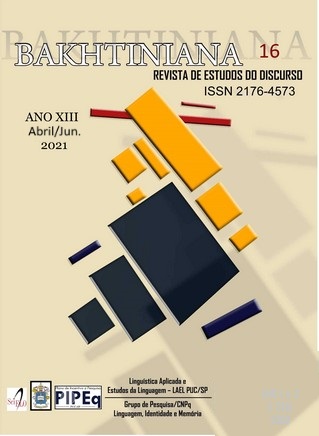Following the Paths of Bakhtin...
Keywords:
Threshold space, Closed space, Open space, Resurrection of Lazarus, Artistic paraphraseAbstract
The article is intended to demonstrate how some of the ideas of Bakhtin’s book about Dostoevsky tend to self-development, opening up space for additional interpretations. The article analyzes two pairs of basic oppositions in Dostoevsky’s novel Crime and Punishment. Along with the model of “threshold” space, brilliantly revealed by Bakhtin, the novel contains the opposition of the closed space model to the open space model. The first is associated with death, with hell, where there is no way out, with blindness of consciousness; the second - with resurrection, repentance, insight and spiritual transformation. In terms of meaning, this opposition corresponds to the second one, expressed by the symbolic leitmotifs “heat,” “stink,” “stuffiness” in contrast to the leitmotifs “air,” “water,” “rain.” Deciphering these oppositions leads the author to the conclusion that in the novel the gospel story of the resurrection of Lazarus is metaphorically recreated, and the novel itself can be attributed to a genre of an artistic paraphrase.








